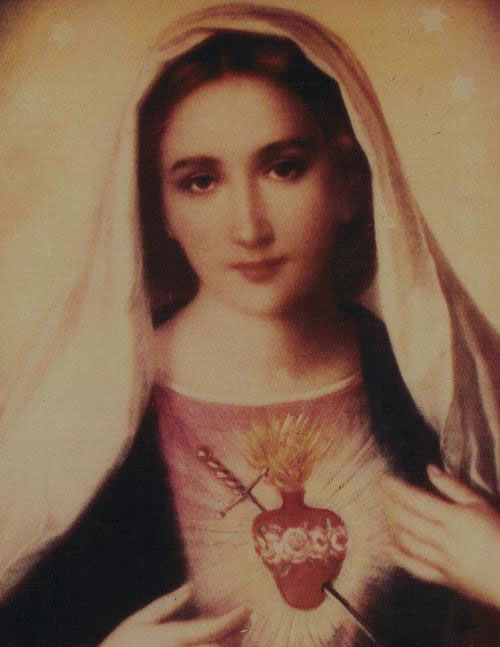Bl. Eugenia Ravasco was one of the 1,344 people beatified by St. John Paul II. He wanted to show that holiness is possible for all of us. This was true for Bl. Eugenia. She had a difficult childhood due to the death of her mother at age 3 and her father at age 10. She was then raised by an aunt, and later an uncle, who died when she was 16, leading her to run the household of 12 children! She discerned a vocation to religious life, which upset the plans to have her married to nobility.
“As time went on, Eugenia felt that God was calling her to found a religious order that would form ‘honest citizens in society and saints in Heaven’. Other young women had also joined her in this effort. On 6 December 1868, when she was 23 years old, she founded the religious congregation of the Sisters of the Sacred Hearts of Jesus and Mary. Canon (later Archbishop) Magnasco had prepared her carefully and she continued, together with the sisters, to teach catechism and to open schools.”
“Thus schools, catechism teaching, associations and oratories arose. Mother Ravasco's educational project was to educate young people and train them in a solid, industrious, open Christian life, so that they could be ‘honest citizens in the midst of society and saints in heaven’; she wanted to educate them in the faith and in reading the facts from a historical-salvific perspective, proposing holiness to them as a life goal.”
Holiness needs to be our life goal! We need to grow in holiness so we can live God’s plan for us. That plan involves loving, serving, and worshiping God and loving and serving each other, and especially those who need our love the most! Bl. Eugenia, pray for us!


_-_The_Miracle_of_the_Holy_House_of_Loreto_-_Google_Art_Project.jpg)


_San_Diego_de_Alcala%CC%81-3.png)

.jpg)























